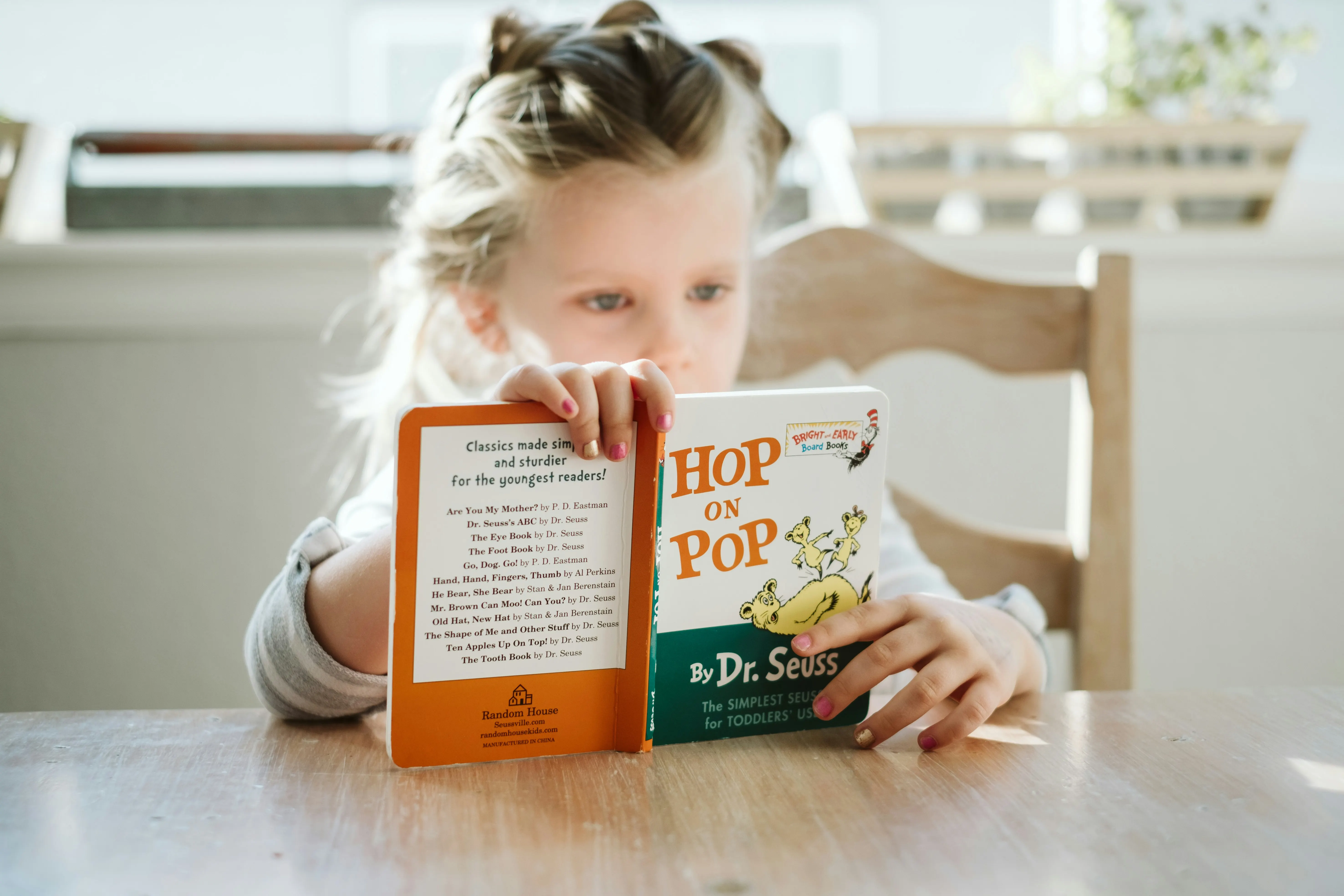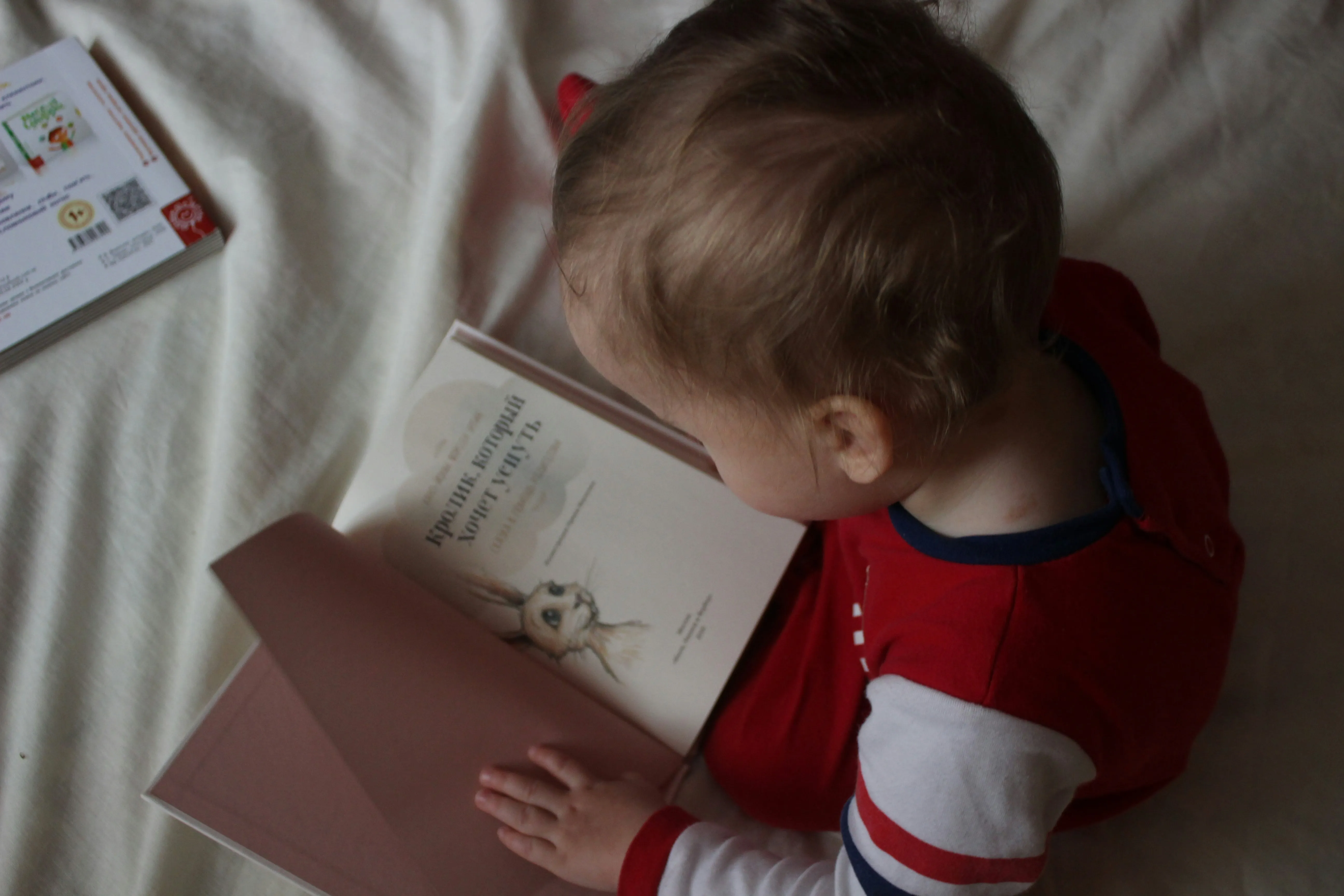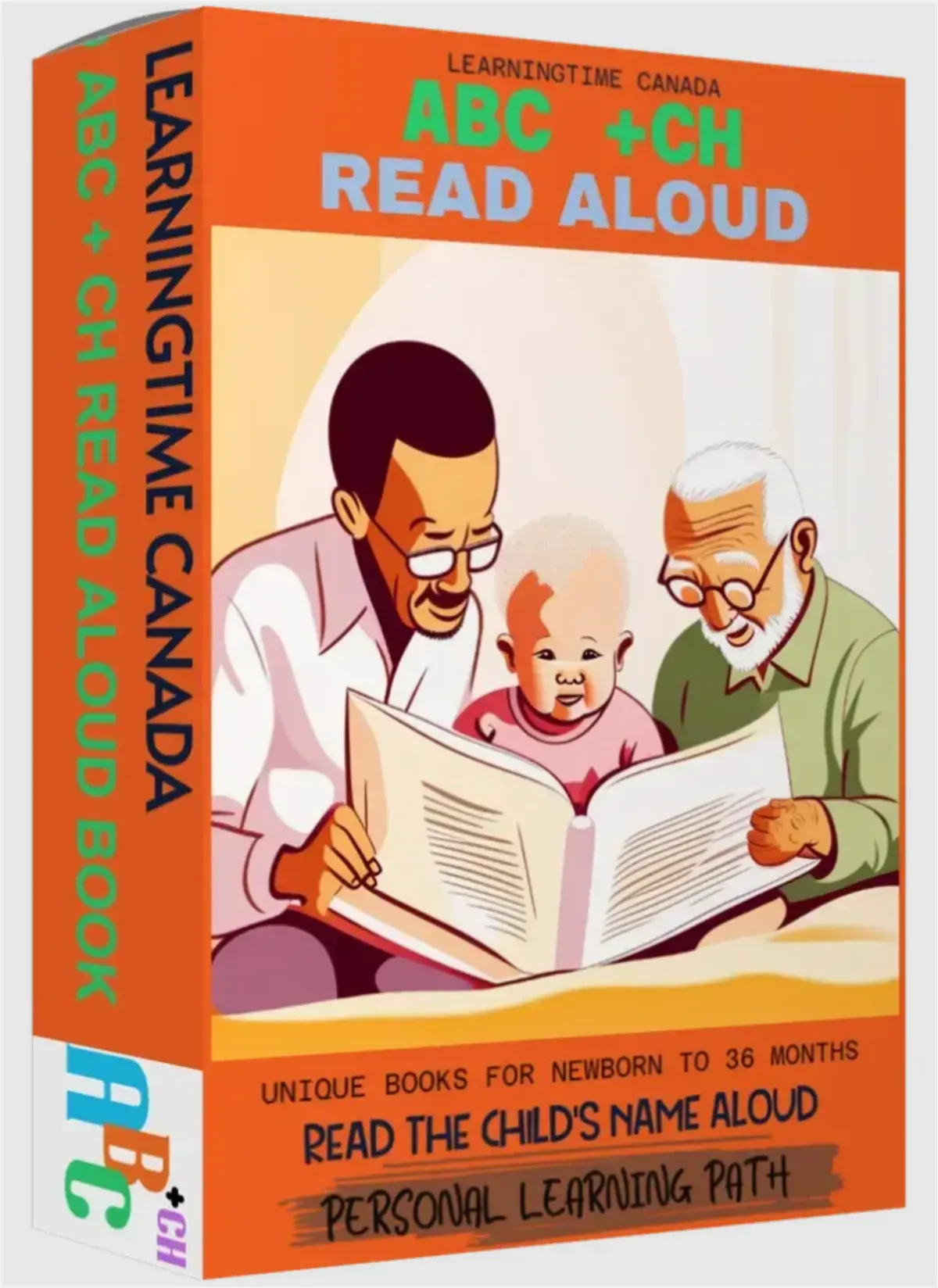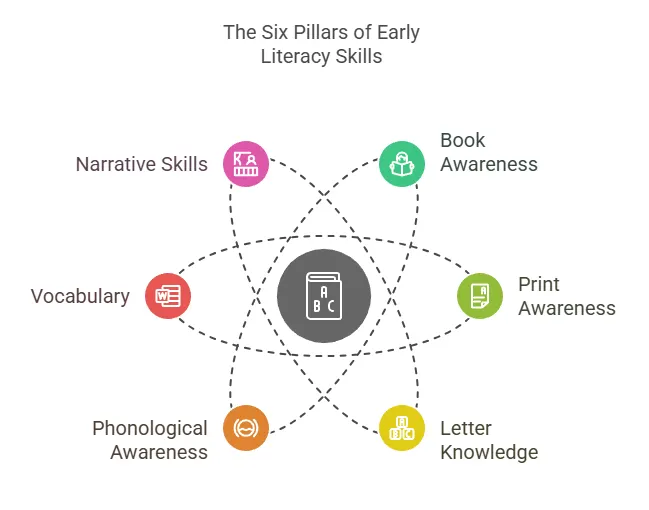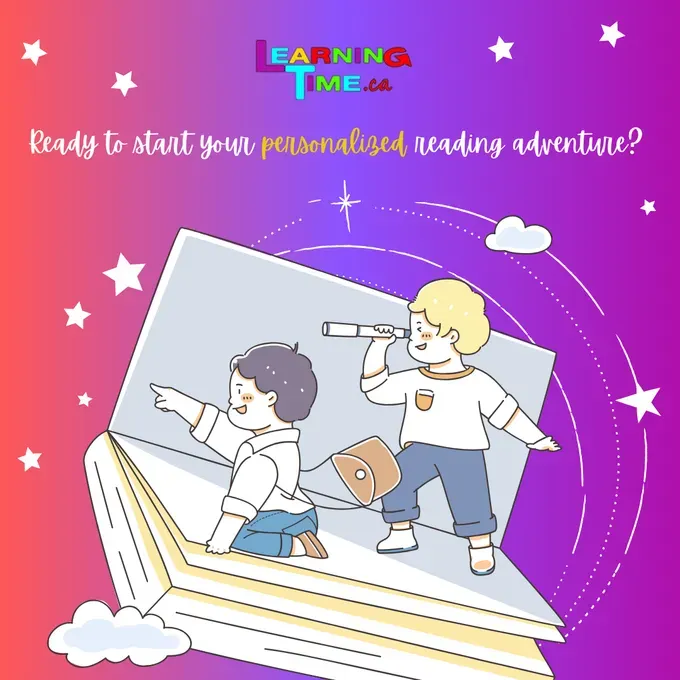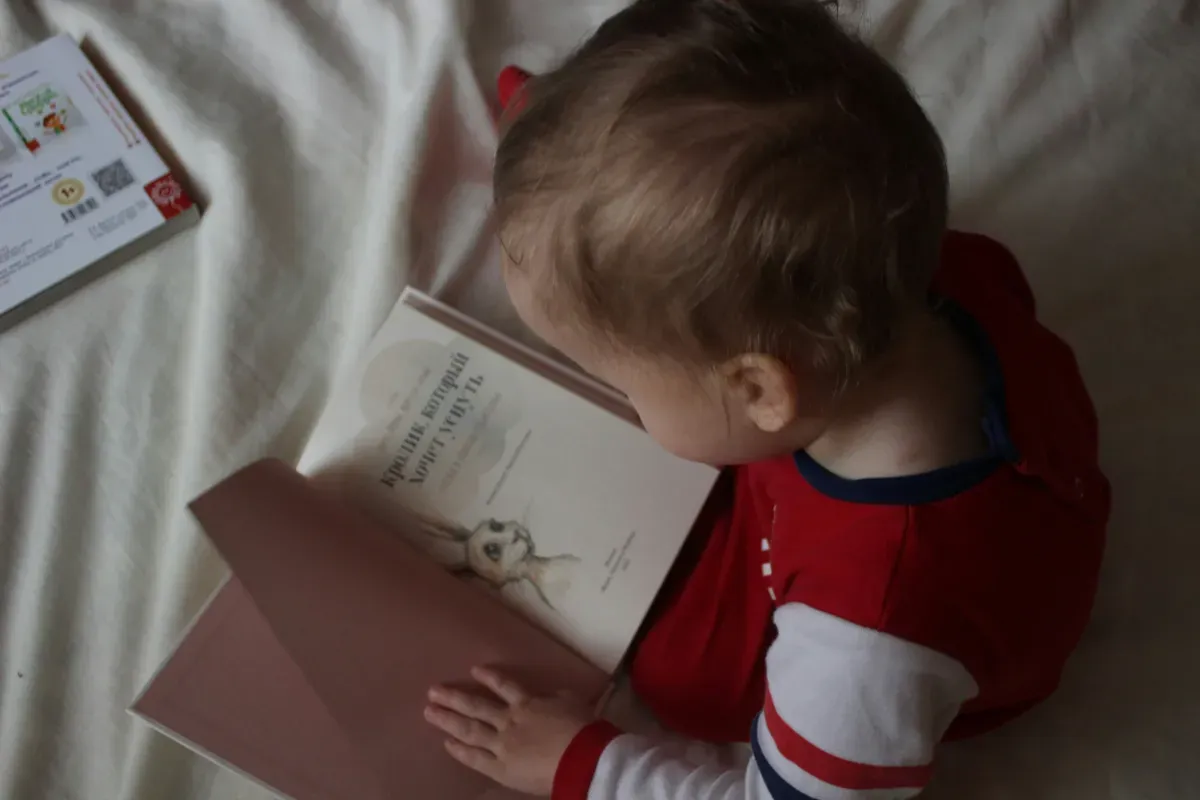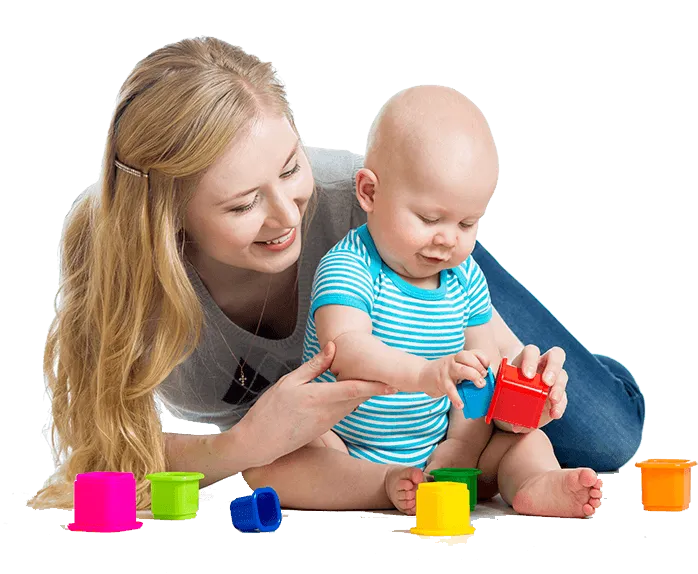Study: Prenatal Read Alouds for Early Literacy Development

Prenatal Read Alouds for Early Literacy Development
Using Prenatal Read Alouds for Early Literacy Development is an educational practice that emphasizes the importance of reading aloud to unborn children as a means to promote early language acquisition, cognitive development, and emotional bonding. This approach is notable due to its significant implications for early childhood literacy, suggesting that the foundation for language skills can be laid even before birth. Studies indicate that approximately 90 percent of brain development occurs before the age of five, underscoring the critical window for fostering literacy and cognitive skills during this period.[1]
Research highlights numerous developmental benefits associated with prenatal read alouds, including enhanced language recognition and processing abilities. Exposure to language in utero helps infants recognize sounds and rhythms, establishing essential phonetic foundations for their future communication skills.[2][3]
Furthermore, reading aloud is linked to improved brain development, with evidence showing that babies who experience language-rich interactions before birth display stronger cognitive abilities upon arrival.[4][5]
This early engagement is not only beneficial for intellectual growth but also fosters a deep emotional connection between parent and child, promoting security and social skills.[2][6]
Despite its advantages, the practice of prenatal read alouds faces challenges, particularly concerning socioeconomic disparities. Research shows that children from lower socioeconomic backgrounds often have less access to language-rich environments, raising concerns about equity in early literacy development.[7][8]
Additionally, methodological variability in studies assessing the impact of read aloud practices complicates the understanding of their effectiveness, as differing approaches can yield inconsistent conclusions.[8]
Furthermore, selecting appropriate reading materials that are both engaging and developmentally suitable poses a challenge for caregivers and educators alike.[9]
Overall, prenatal read alouds present a promising strategy for fostering early literacy, yet they also highlight critical issues that need to be addressed to ensure all children can benefit from these foundational experiences. As awareness grows regarding the significance of early language exposure, ongoing research and community support will be essential to maximize the benefits of this practice across diverse populations.
Background
Importance of Early Literacy
Early literacy development is crucial for laying the foundation for future academic success and cognitive growth. Research indicates that a child’s earliest experiences significantly impact their overall learning trajectory, with approximately 90 percent of brain development occurring before the age of five[1].
Children who develop language skills and literacy at an early age are more likely to excel in school and have better career prospects later in life. For instance, students who reach grade-level proficiency in reading by the third grade are four times more likely to graduate and succeed in their careers[1][10].
Role of Background Knowledge
Background knowledge plays a vital role in a child's ability to comprehend text and engage with reading material. This knowledge encompasses the information children accumulate about themselves, others, and their environment
[1].
Effective practices for enhancing background knowledge can significantly improve reading comprehension, making it essential for educators and caregivers to intentionally build this knowledge before children encounter new texts[11].
Developmental Benefits of Early Reading
Introducing reading early on has numerous developmental advantages, including improved concentration, creativity, and imagination in young children. Exposure to reading stimulates critical areas of the brain responsible for language development, leading to enhanced vocabulary and communication skills[12].
Consequently, fostering a love for reading from infancy establishes a strong foundation for long-term literacy capabilities.
Community and Caregiver Support
The engagement of caregivers and community organizations is instrumental in supporting early literacy initiatives. Home visiting programs and professional development for caregivers can strengthen family support systems and improve educational outcomes for young children[1][10].
The quality of interaction between caregivers and children—marked by kindness and responsiveness—further influences children's social competence and problem-solving skills, which are crucial for academic achievement[13].
Benefits of Prenatal Read Alouds
Reading aloud to an unborn baby offers a variety of developmental benefits that can influence language acquisition and cognitive growth. Studies indicate that early exposure to language in utero can significantly enhance a child's linguistic abilities after birth, providing a strong foundation for language skills and word recognition[2][5].
Language Development
Reading aloud serves as a precursor to language development, helping the baby to recognize the sounds and rhythms of language even before birth. This early exposure to phonetic elements aids in the child's ability to distinguish and process different sounds, laying the groundwork for their future communication skills[3][6].
The natural cadence and intonation of spoken language that the baby hears during reading sessions is crucial for developing speech patterns and learning the flow of conversations[3].
Cognitive and Brain Development
Prenatal read alouds are associated with improved brain development as well. Engaging with books provides stimulating experiences that can enhance cognitive skills and overall brain function. Research indicates that babies who are read to in utero display stronger language skills and cognitive abilities once they are born, indicating that these early reading experiences are integral to their development[4][5][6].
Bonding and Emotional Connection
In addition to cognitive benefits, reading aloud fosters a deep emotional connection between parent and child. The soothing sound of the parent's voice helps create a sense of security and familiarity for the unborn baby, contributing to a strong parent-child bond that can positively influence emotional development[2][6].
This bonding experience is vital for the child’s emotional well-being and can enhance their social skills later in life[4][14].
Building a Love for Literacy
Starting a reading routine during pregnancy also instills a love for literacy that can last a lifetime. By incorporating books into daily routines, parents can cultivate a positive attitude toward reading in their children, which can lead to greater engagement with literacy as they grow older[4][12].
The variety of genres and stories available can keep the experience engaging, ensuring that children develop a love for books and storytelling from an early age[4].
Recommended Practices
Evidence-Based Strategies for Early Literacy Development
The importance of effective practices in supporting early literacy development is underscored by several evidence-based strategies that can be implemented by educators, parents, and caregivers. These strategies focus on enhancing reading skills from prenatal stages through early childhood.
Preparing Young Children for School
The "Preparing Young Children for School" Practice Guide outlines seven evidence-based practices that are essential for educators and caregivers involved in preschool programs. This guide aims to equip children with the foundational skills they need to benefit from subsequent learning opportunities in school environments.[1]
Foundational Skills for Reading
The "Foundational Skills to Support Reading for Understanding in Kindergarten Through 3rd Grade" guide provides four key recommendations for teaching reading skills. Each recommendation comes with actionable implementation steps and strategies to overcome common challenges in teaching reading. This guide is particularly useful for teachers and administrators aiming to improve literacy outcomes among diverse student populations.[1]
Play as a Teaching Strategy
Research indicates that play can serve as a powerful teaching strategy for children from pre-kindergarten to grade 3. The Pennsylvania Office of Child Development and Early Learning has summarized findings that highlight how play can be integrated into educational settings to foster learning and development in young children.
[1]
Effective Practice Guides for Educators
The Head Start Early Learning Outcomes Framework (ELOF) offers Effective Practice Guides that describe domain-specific teaching practices tailored to support children’s development. These guides provide reflective practices for educators and home visitors, demonstrating how to create responsive learning environments both in classrooms and home settings.
[15]
Interactive Read Alouds
Selecting appropriate texts for interactive read aloud sessions is crucial for engaging students and enhancing their literacy skills. Books chosen for read alouds should not only capture students’ interest but also introduce vocabulary and themes that challenge their comprehension without overwhelming them. Furthermore, the inclusion of diverse characters and perspectives is essential to enrich children’s understanding of the world around them.
[9]
By implementing these recommended practices, educators and caregivers can effectively support early literacy development and ensure children are well-prepared for future educational challenges.
Research and Studies
Numerous studies highlight the critical role of language exposure in early childhood development, particularly through prenatal interactions such as reading aloud. Research indicates that the quantity and quality of language input during the early stages significantly affect children's language skills. For instance, Rowe (2012) emphasizes that early in development, the quantity of language input—measured by the number of adult words—has a substantial impact on emerging language skills. As children grow, the quality of language input, which includes the richness of vocabulary and conversational experiences, becomes more significant, aligning with findings by Romeo et al. (2018)[7].
The importance of prenatal attachment and parental engagement is also underscored in the context of reading aloud to unborn babies. Exposure to language in utero can stimulate brain development, fostering quicker language acquisition post-birth[2].
Additionally, reading aloud strengthens the emotional bond between parent and child, providing a sense of security through the familiar sound of the parent's voice[2].
Such bonding experiences are crucial, as they not only enhance language development but also support the establishment of attachment during prenatal stages. Furthermore, research has shown that children's social interactions and emotional states play a pivotal role in language development. Children with high positive affectivity tend to engage more in social interactions, which enhances their expressive language skills and increases their exposure to varied language stimuli[16].
This interaction reinforces the concept that early social experiences are integral to fostering language competencies. Meta-analyses have been conducted to synthesize these findings, providing evidence-based guidance for prenatal care providers on the significance of fostering early parent-child interactions through language-rich activities, including reading[17].
Such initiatives are essential in maximizing children's language and literacy development from the earliest stages of life.
Challenges and Considerations
Socioeconomic Disparities
Research indicates that children's early language environments are significantly influenced by their socioeconomic status (SES), which can affect their language abilities and subsequent literacy skills[7].
However, most studies investigating early literacy development have predominantly sampled participants from higher socioeconomic backgrounds, leading to concerns about the generalizability of findings to children from diverse socioeconomic and demographic contexts[8].
There is a need for more inclusive research that considers the experiences of families facing socioeconomic disadvantages to understand the full spectrum of early literacy development.
Methodological Variability
Differences in assessment approaches for evaluating parent-to-infant attachment and language input can result in varying conclusions across studies. For example, while some self-report instruments focus on the subjective parental experience of attachment, others employ observational methods based on behavioral indicators
[8].
This variability can complicate the comparison of research outcomes and suggests a need for standardized measures to assess the impact of prenatal read aloud practices on early literacy development.
Book Selection for Read Alouds
Selecting appropriate materials for interactive read alouds presents its own challenges. It is crucial to choose books that are engaging and relatable to children while also being slightly above their independent reading levels to promote growth without overwhelming them[9].
Books featuring diverse characters and perspectives are essential, as they can foster inclusivity and empathy among young readers. However, educators must navigate the balance between accessibility and challenge to ensure that read aloud sessions are both meaningful and educational.
Engagement and Interaction
Effective read aloud sessions depend on active engagement and interaction between the caregiver and child. This requires caregivers to be sensitive to the child's cues and responsiveness, promoting a nurturing environment that encourages exploration and inquiry[8][7].
Developing these interactions may pose challenges for caregivers who are unfamiliar with effective literacy strategies or who experience barriers such as time constraints and lack of resources.
Addressing the Matthew Effect
The "Matthew Effect" in education refers to the phenomenon where children who initially benefit from educational experiences tend to continue to gain more advantages over their peers[18].
This challenge underscores the importance of early intervention strategies in literacy development to ensure that all children, regardless of their starting point, have equal opportunities to thrive. Addressing this effect necessitates targeted approaches that not only promote early literacy but also support continued educational engagement throughout childhood.
Citations
0-THE ARTICLE WRITTEN BY STORM!!!!: https://storm.genie.stanford.edu/article/prenatal-read-alouds-for-early-literacy-development-347965
[1] https://childinst.org/early-literacy-resources/
[2] https://bmcpediatr.biomedcentral.com/articles/10.1186/s12887-023-03990-7
[3] https://www.rif.org/news-and-stories/blog-posts/harnessing-power-read-alouds-dr-molly-ness
[4] https://boostyourbaby.com/activities-and-learning/reading-and-storytime/reading-to-baby-benefits/
[5] https://extension.psu.edu/programs/betterkidcare/early-care/tip-pages/all/what-research-tells-us-why-early-educators-are-important
[6] https://socalmommylife.com/books-to-read-baby-in-womb/
[7] https://daddysimply.com/21-best-books-to-read-to-your-baby-in-the-womb/
[8] https://parenting.firstcry.com/articles/reading-stories-to-baby-in-womb-benefits-and-more/
[9] https://www.greenchildmagazine.com/reading-to-baby-in-womb/
[10] https://www.familyeducation.com/school-learning/subject/reading/10-tips-for-reading-aloud-to-babies-for-brain-development
[11] https://www.naeyc.org/resources/position-statements/dap/principles
[12] https://eclkc.ohs.acf.hhs.gov/school-readiness/effective-practice-guides/effective-practice-guides
[13] https://missmsreadingresources.com/interactive-read-aloud-strategies/
[14] https://www.jneurosci.org/content/43/23/4279
[15] https://www.frontiersin.org/journals/psychology/articles/10.3389/fpsyg.2024.1375353/full
[16] https://reproductive-health-journal.biomedcentral.com/articles/10.1186/s12978-019-0704-y
[17] https://www.frontiersin.org/journals/psychology/articles/10.3389/fpsyg.2021.620942/full
[18] https://journals.plos.org/plosone/article?id=10.1371/journal.pone.0258287
























